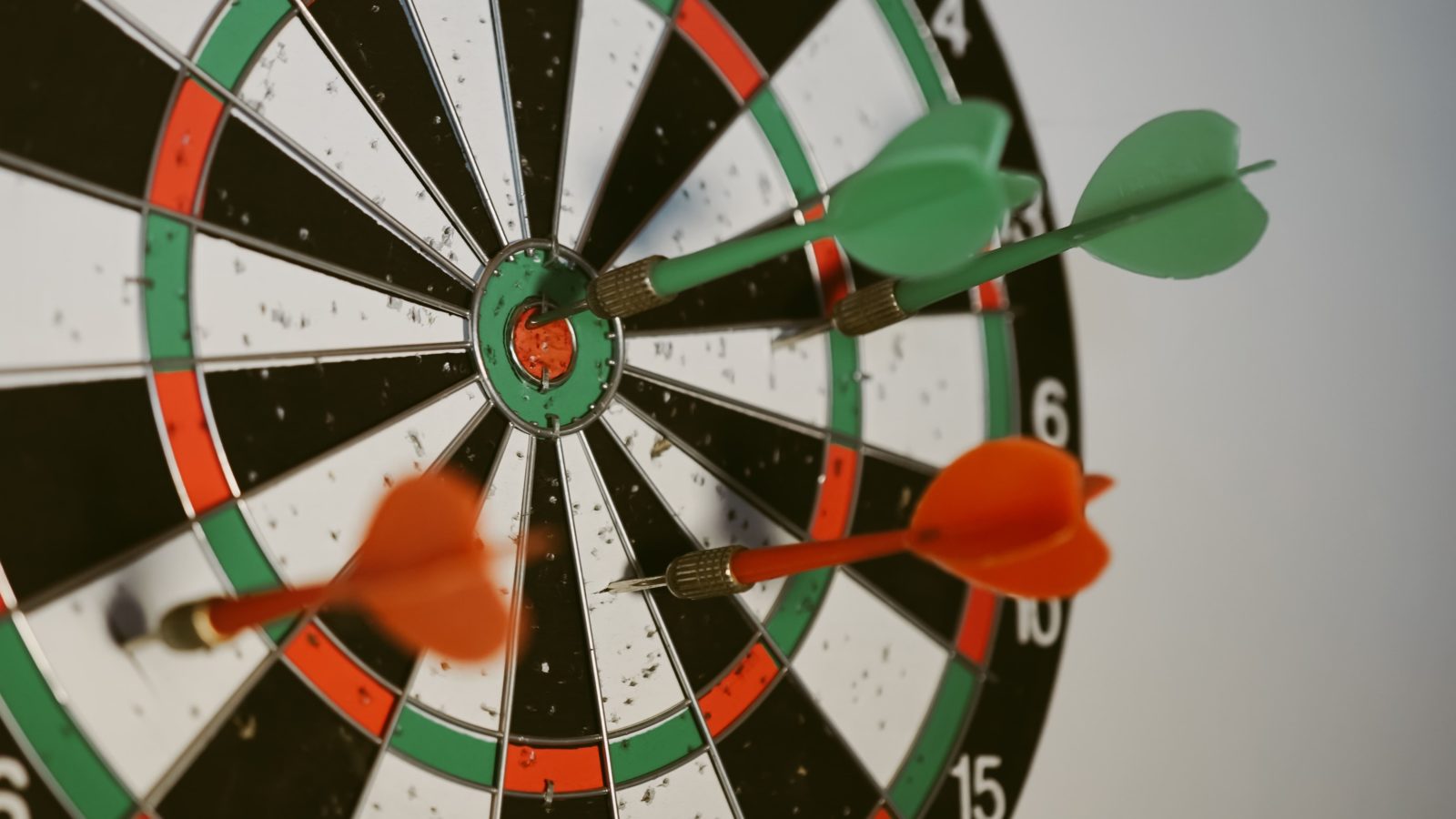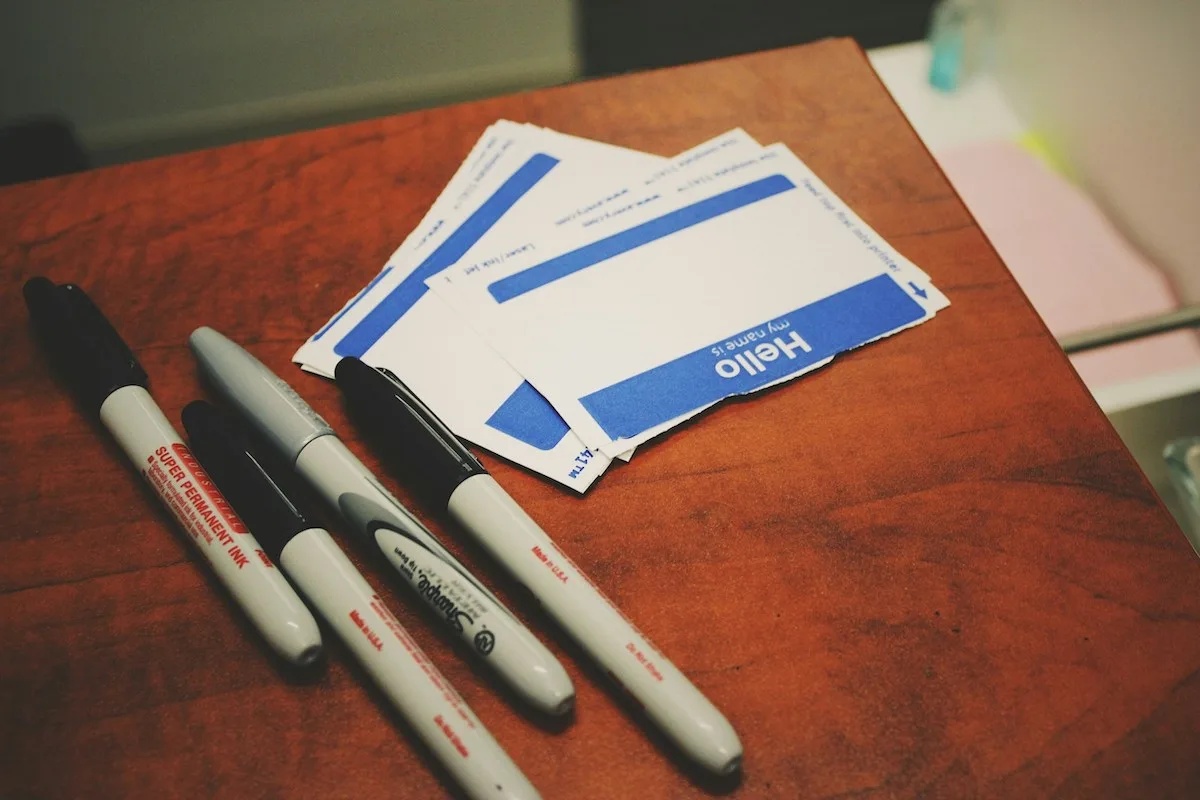
Do you set donor acquisition goals? If you do, you’ll probably want to track your donor acquisition rate. It’s an important metric that will help you gauge how effectively you’re engaging new supporters, and it can also give you insight into which of your fundraising and marketing campaigns are most effective.
Here’s how to calculate your donor acquisition rate and what to do with that information once you have it.
The Donor Acquisition Rate Formula
If you’re just looking for the formula, here you go:
If you’re looking for more details (or if you’re not great at math and want an explanation), keep reading.
How to Calculate Your Donor Acquisition Rate
To calculate your donor acquisition rate, you’ll first need to find the number of new donors you’ve acquired over a set period of time. You can do this quarterly, monthly, annually, or using your own set time period.
Then, you’ll need to find the total number of donors you had (new ones and existing ones alike) at the end of that period.
To find your donor acquisition rate, you’ll divide the number of new donors by the number of all donors. Your result should be a decimal. Multiply that decimal by 100, and the resulting percentage is your acquisition rate.
Example Donor Acquisition Rate Calculation
Say, for example, it’s the end of December and you want to see how effectively your year-end fundraising campaign inspired new donors to support your work. One valuable metric will be your donor acquisition rate for the month of December.
At the end of the month, you had 734 donors. 82 of them were new donors. So, when you plug those values into the formula, you get:
(82 new donors / 734 total donors) x 100 = 11.17%
Your donor acquisition rate is 11.17%.
Why Track Your Donor Acquisition Rate?
There are a few reasons to keep an eye on your organization’s donor acquisition rates. Here’s how you can use this metric and some ways you can use it to improve your fundraising campaigns.
Gauge Your Fundraising Activities
Whether you’re running an ongoing campaign that’s been going on for years or are trying something new, tracking your donor acquisition rate will help you evaluate your success.
Say you’ve been using the same kinds of stories and formats in your appeals over the last few years. You track your donor acquisition on a quarterly basis, and you notice your donor acquisition rates have started to slow down over the last year or so.
You may decide to refresh your online fundraising strategies to include new types of stories, testimonials, and impact statements as a way to reach and acquire new donors.
Take GivingTuesday as another example. You hit your fundraising goal, but you realize your donor acquisition rate was low. This means you’ve done a great job inspiring existing donors to support your cause, but you had a harder time reaching and engaging new donors.
In the future, you may choose to explore options that will help you reach new audiences, like boosting Facebook posts or creating fundraising appeals for people who are in your donor database but have never given before.
Add Nuance to Other Metrics
Your donor acquisition rate is valuable on its own. It can be even more valuable when you look at it alongside other important figures, like your donor acquisition cost or donor retention rate.
Here’s what we mean.
Say you spend $2,000 to run a series of social media ads. You have two goals for that investment: You want to raise at least $6,000, and you want to acquire new donors.
As a result of that campaign, you raise $6,300 and see a 2% uptick in your donor acquisition rate. When your campaign is over, you can decide that the investment was a good one, but you’re not satisfied with your acquisition rate. In the future, you may decide to re-launch that campaign but use different audience targeting in an attempt to reach more new people.
Or say you notice that you have a very high donor acquisition rate, but you also have a low donor retention rate. This would mean you’re very effective at inspiring people to give for the first time, but you have a hard time getting them to make a second (or third, or fourth) gift. You may then choose to pull back on your donor acquisition activities so you can focus on your donor retention strategies.
Set Effective Goals
Have you ever set a fundraising goal only to realize that you were too ambitious? Setting S.M.A.R.T. goals (goals that are Specific, Measurable, Achievable, Relevant, and Time-Bound) is easier when they’re based on existing data.
Your donor acquisition rate will be valuable as you set goals for future campaigns. Setting the goal to acquire 400 new donors next year (a donor acquisition rate of 12%) may seem reasonable to you at first, but it might be too ambitious if you’ve averaged a 2% rate this year.
It can also help you set goals for marketing campaigns, social media programs, and even things like capital campaigns. Your donor acquisition rate can help you set reasonable goals for all kinds of activities!
It’s Time to Track Your Donor Acquisition Rate
If you’re not already tracking your donor acquisition rate, now’s the perfect time to start. Whether you’re evaluating a specific fundraising campaign or tracking your performance over time, this valuable metric will give you important insight into how well you’re reaching and engaging new supporters.
Looking for ways to reach more donors? We have 22 digital donor acquisition ideas that will get you started.
Join the discussion in our Slack channel on connected fundraising








